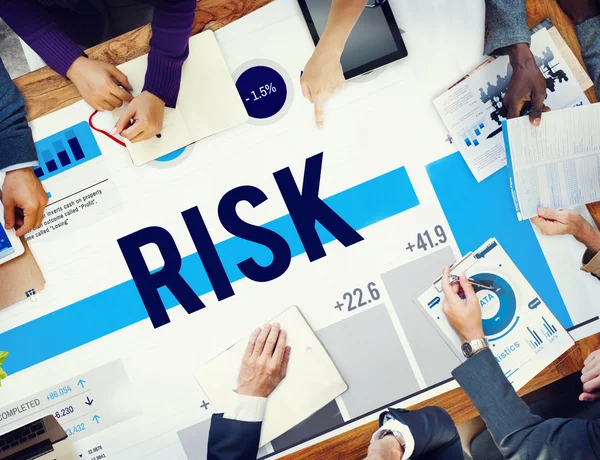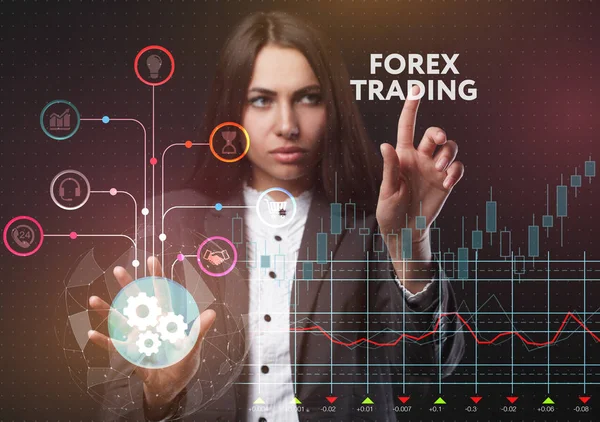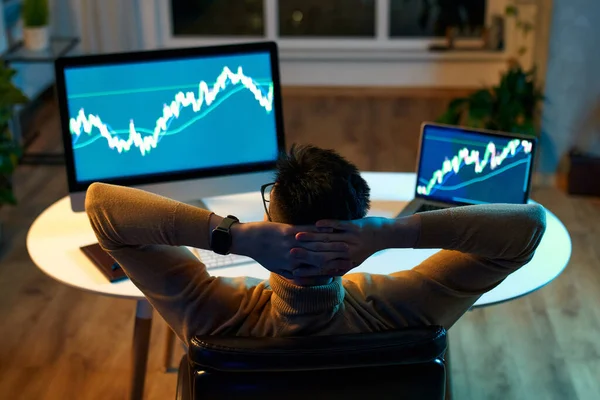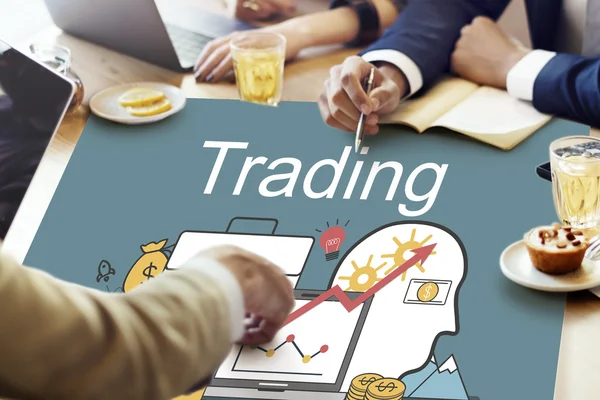As the sun sets on my first year of trading in the largest financial market in the world, I find myself reflecting on the voyage through the dynamic seas of the foreign exchange market, or Forex. From the euphoria of successful trades to the humility brought on by market realities, my initial foray into Forex has been fraught with highs and lows. In this article, I delve into the invaluable lessons learned throughout the immersion into currency trading—lessons that have not only shaped my approach to Forex but also my understanding of the global financial landscape.
Embarking on the Forex Journey

The decision to step into the world of Forex trading is often accompanied by a mix of excitement and apprehension. For me, it began with the allure of participating in a market that operates 24 hours a day, offering opportunities to trade on the global stage. The accessibility of Forex, with its low barriers to entry and the promise of liquidity, was quite persuasive. As I set up my brokerage account, the thrill of potentially profiting from fluctuations in currency values was palpable. Nonetheless, I was also cautious, understanding that the market commands respect and a willingness to learn. My first year was about laying the groundwork: studying currency pairs, understanding leverage, and getting a grip on the economic factors that drive market trends.
Navigating Market Volatility

The Forex market is synonymous with volatility. Initially, I was both mesmerized and intimidated by the rapid pace at which currency values could change. It wasn’t long before I realized that such volatility could be both a friend and a foe:
- Friend: Volatility provides opportunities to profit from short-term price movements.
- Foe: It can just as quickly lead to significant losses if not approached with caution.
I quickly learned that staying abreast of economic news, geopolitical events, and central bank announcements was crucial. Implementing tools like stop-loss orders became a mainstay in my trading to help limit potential losses. Embracing volatility meant recognizing that the market often moves in unpredictable ways, and adaptation is key to survival.
Embracing Risk Management

One of the most critical lessons of my first year in Forex was the importance of risk management. Without it, any trader is merely gambling. I learned to never risk more than a small percentage of my account on a single trade. Diversification across different currency pairs and keeping an eye on correlation helped in mitigating risk. The use of leverage was a double-edged sword; while it could amplify gains, it could also magnify losses. Therefore, learning to use leverage judiciously was an essential aspect of my trading strategy. Here are three pillars of my risk management approach:
- Always use a stop-loss.
- Never over-leverage positions.
- Continuously monitor and adjust exposures as necessary.
Decoding Forex Strategies

Throughout my initial year, I experimented with various trading strategies, ranging from technical analysis to fundamental trading. I learned through experience that there is no “one size fits all” approach in Forex trading. Each strategy had its merits and drawbacks:
- Technical Analysis: Helped me identify trends and make informed decisions based on historical data.
- Fundamental Analysis: Provided a broader view by considering economic indicators and news events.
I also dabbled with scalping and day trading strategies, finding that while they could yield quick profits, they required constant attention and fast decision-making. Swing trading, on the other hand, suited my preference for a more measured approach, allowing me to capture gains from larger market moves over several days or weeks.
Evaluating My Trading Psychology

It became apparent over the year that my psychological makeup was just as critical as my technical skills. Trading can evoke a gamut of emotions, from the elation of a winning trade to the despair of a losing one. I had to cultivate discipline, ensuring that fear and greed did not dictate my decisions. Keeping a trading journal was instrumental in helping me identify emotional patterns that could affect my trading performance. Patience, resilience, and objectivity emerged as the hallmarks of a mature trader, and I aimed to embody these traits in my approach.
Charting a Path Forward

As I look to the future, I realize that the journey in Forex is continuous. The market is ever-evolving, and as such, my learning will never truly be complete. However, the lessons of my first year provide a solid foundation. I plan to delve deeper into advanced trading concepts, refine my strategies, and stay committed to a lifelong education in the markets. My goal is to achieve consistent profitability while managing the inherent risks of Forex trading.
| Year 1 Milestone | Reflection | Goals for Year 2 |
|---|---|---|
| Understanding Leverage | Used cautiously to manage risk | Further refine leverage ratios |
| Trading Psychology | Developed patience and emotional resilience | Enhance decision-making processes |
| Risk Management | Established basic risk parameters | Implement more sophisticated methods |
| Trading Strategy | Explored various approaches | Settle on and master a primary strategy |
| Market Analysis | Grasped fundamentals and technicals | Integrate advanced analysis techniques |
| Profit/Loss | Experienced both; learned from each | Aim for consistent profitability |
Trading Table: A Year in Review and the Road Ahead
My first year in Forex has been an expedition marked by growth, challenges, and valuable insights. It’s a testament to the notion that in Forex, as with all pursuits, experience is the greatest teacher. Whether you’re a seasoned trader or a newcomer contemplating your first trade, the lessons shared here underscore the importance of strategy, risk management, and self-awareness. As I continue to navigate the ebb and flow of currency markets, I carry with me the knowledge gained and the experiences that have shaped my trading ethos. For anyone embarking on their own Forex journey, may your path be one of informed decisions, calculated risks, and continuous learning.

The writer learned to use leverage carefully. Good advice for new traders.
Your article shows how important risk management is in Forex.
Trading Forex is exciting but also risky. You learned a lot in your first year!
The writer plans to achieve consistent profitability in Forex. Important goal.
I agree that using leverage carefully is crucial in Forex.
Thanks for sharing your lessons on volatility. Very helpful!
Keeping up with economic news seems very important in Forex trading.
Using stop-loss orders is very important in Forex trading, as the writer mentions.
I like how you use a trading journal to analyze emotional patterns.
The writer talks about learning risk management in Forex. Very important!
The article explains how volatility in Forex can be both good and bad.
Your approach to risk management is wise and informative.
Interesting to read about your experience with different trading strategies.
Good to know about different trading strategies like technical and fundamental analysis.
Understanding trading psychology and keeping a journal can help improve trading.
This article helps understand the ups and downs of Forex trading in the first year.